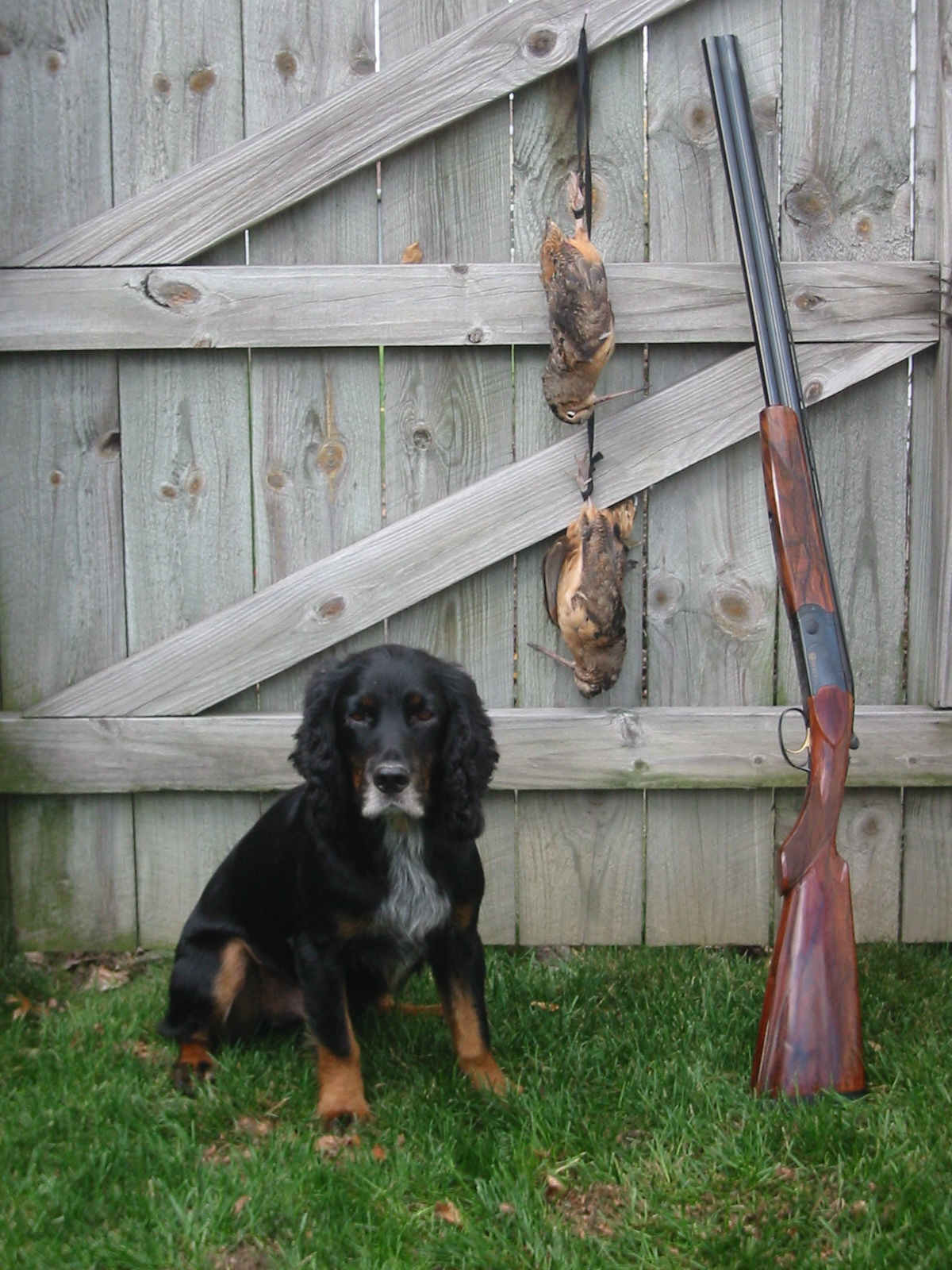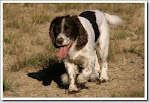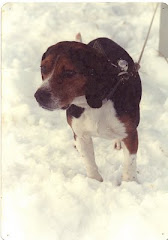
Let’s get one thing straight right away. Considering the way their stories end, it’s not Captain Ahab, but Jonah who wins the title Prince of Whales. This entry, though, is about the Prince of Wales. Specifically, it’s about the "Prince of Wales grip" that's found on some shotguns.
There have been homegrown princes in Wales since at least the Iron Age, and English Princes of Wales since Edward II in 1301. I haven’t been able to establish positive ID on which of all these Princes of Wales favored a partial pistol grip so much that it would forever bear his name. But for many people, the smoking gun, so to speak, seems to have been pointed by Edward VII. Born to Queen Victoria in 1841, Albert Edward – “Bertie” - was apparently a rebellious hell-raiser who enjoyed generous doses of women, food, drink, gambling and sport. One source said "while Victoria's bleak piety coloured her age, the Prince of Wales's passions for girls, gambling and gluttony reflected the debauched mood of the society in which he moved." Someone else noted that "he favoured ripe bodies and ripe minds, lovely women with curves that emphasised their womanhood." The Cold Duck staff sure would have enjoyed a week or so at his woodcock camp.
If there is no certainty that Albert Edward is the eponymous Prince, neither is there agreement on the exact form a Prince of Wales grip properly takes. Manufacturers advertise "Prince of Wales" grips having either flat sawn or rounded ends. Further, the terms “half pistol” and “semi pistol” are in some places used to describe a Prince of Wales grip, but in others to differentiate them from a Prince of Wales grip. Apparently you pays your money and you takes your choice.
None of this confusion, of course, will stop me from throwing out my favorite “definition.” When I think of the Prince of Wales grip, I imagine a relaxed radius partial pistol grip (half- or quarter-) that's sawn flat on the end, approximately parallel to the line of the barrels, and finished with a metal cap. And if I could afford a "London best," I'd specify this grip for it.

Is This The "True" Prince Of Wales Grip?
Thanks To Griffin & Howe
Even if Edward VII is “the” Prince, and even if my favorite is "the" definition, the question of exactly why he favored this grip configuration remains.Thanks To Griffin & Howe
- Did the partial pistol give him some slight extra purchase? Did his gun locate more reliably in hand for his driven pheasants?
- Did he have some disability in his shooting hand for which this grip was a palliative?
- Or was this simply a device to preserve the elegance of the straight grip while providing his engravers an additional surface for their art?
- Was this a "supply side" grip? Did a particular gunmaker – maybe Woodward – offer this style of grip that for some reason suited Bertie’s hand or eye?
- Or was it driven by demand? Was Bertie a keen shooter, and did he approach a gunmaker with this concept he had developed?
- It's certainly possible that Bertie experimented with several grip configurations, so that they all were properly "Prince of Wales" grips. Such a promiscuous use of the term would neatly account for the lack of uniformity in its application.











